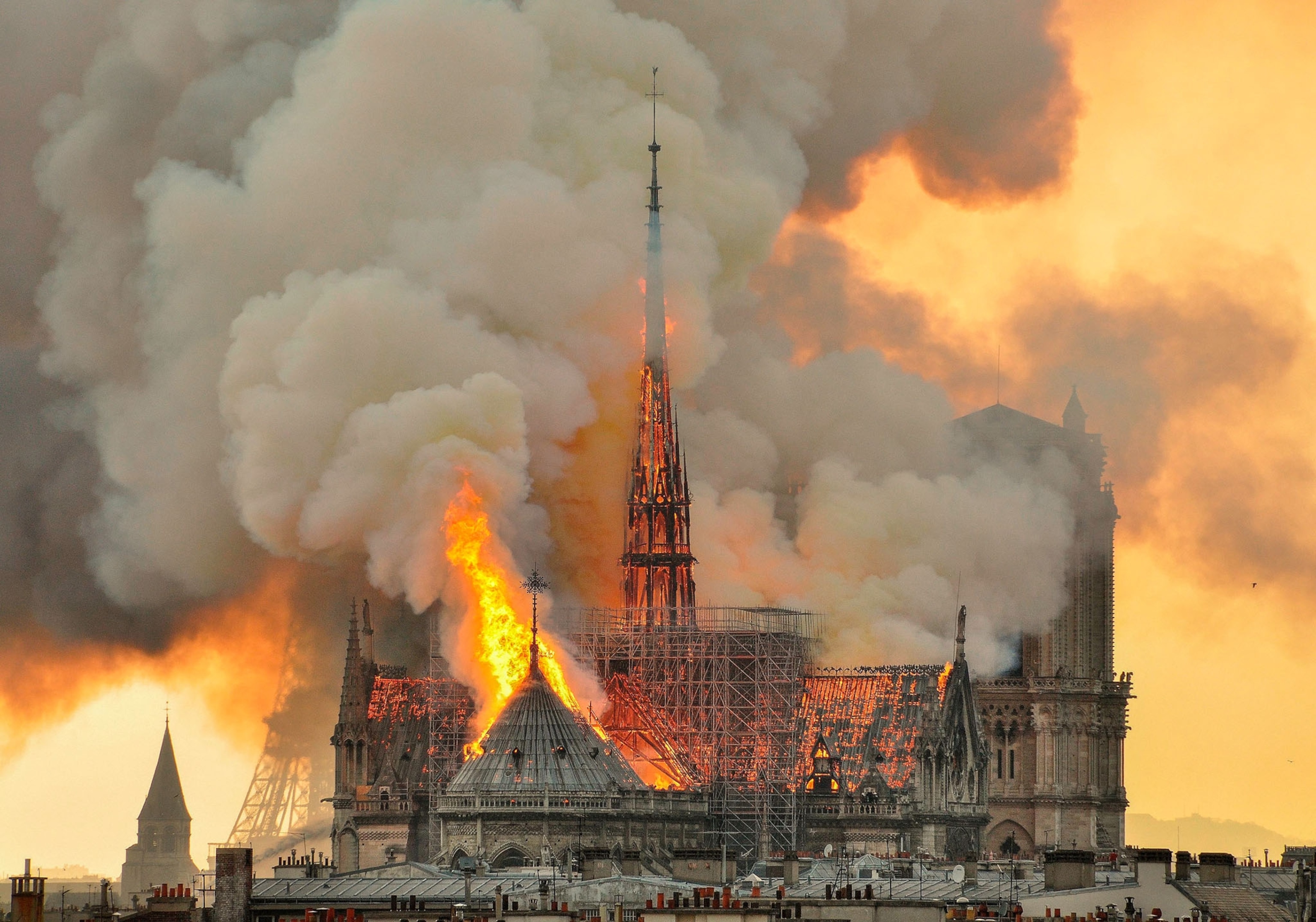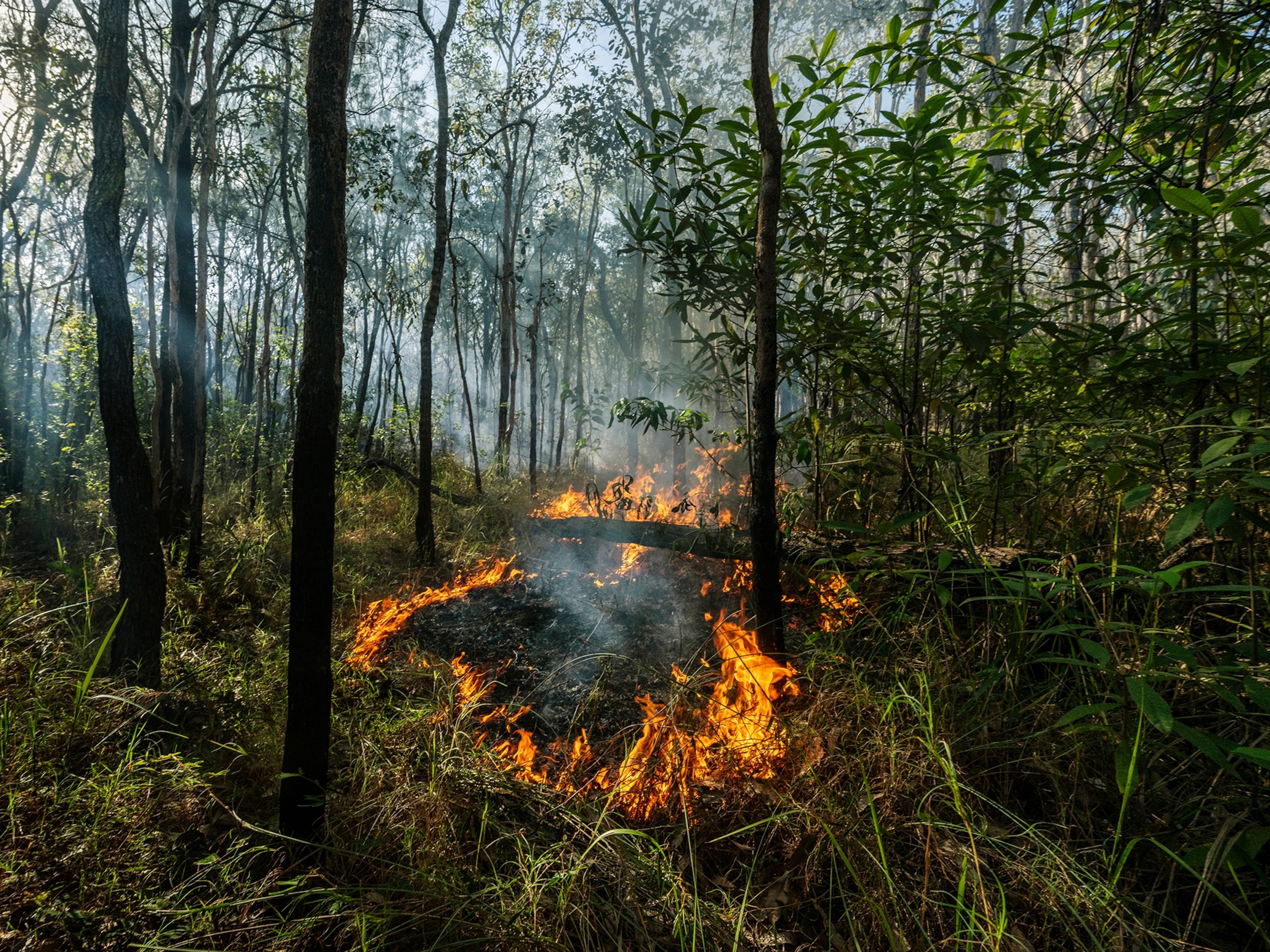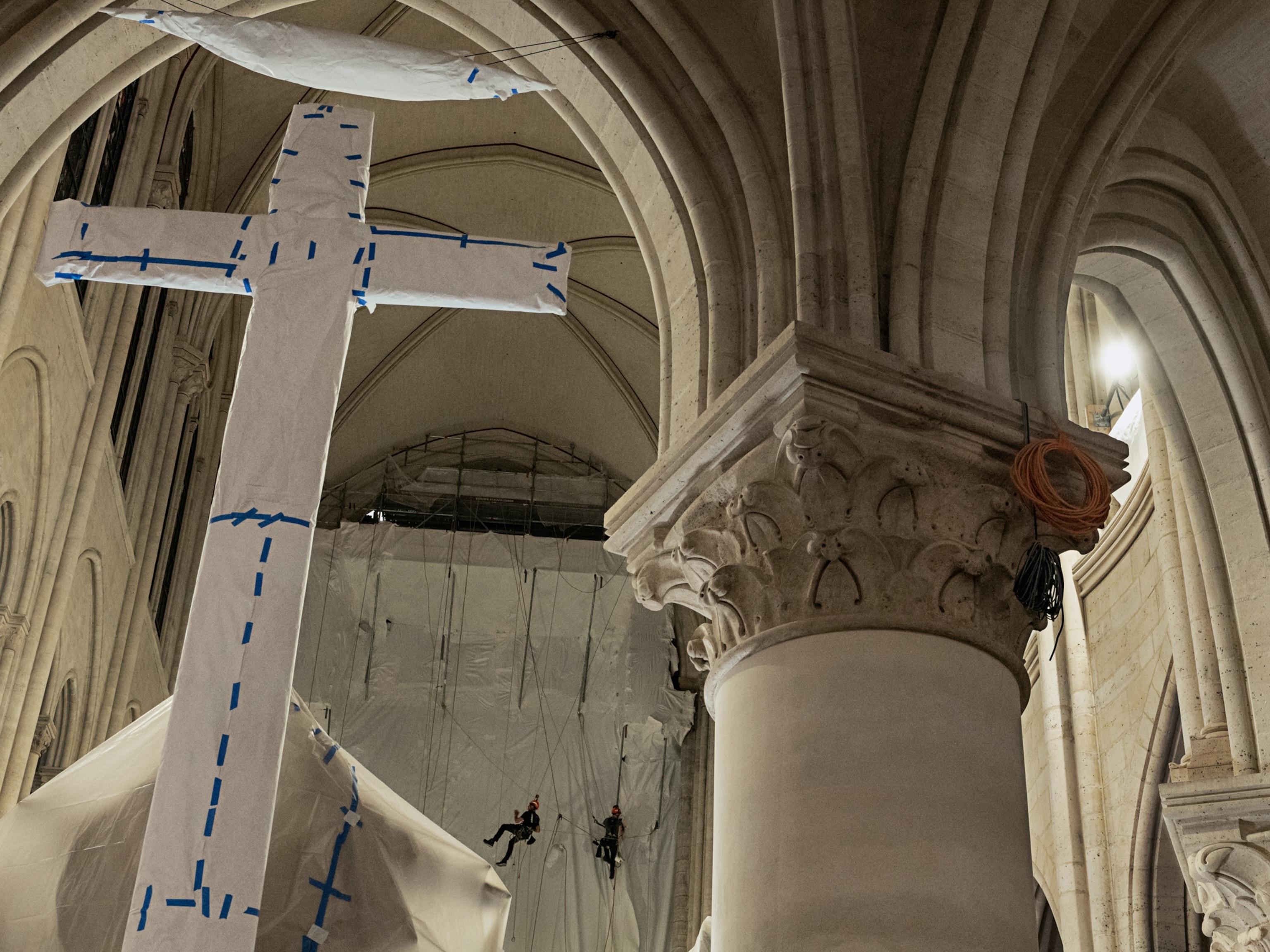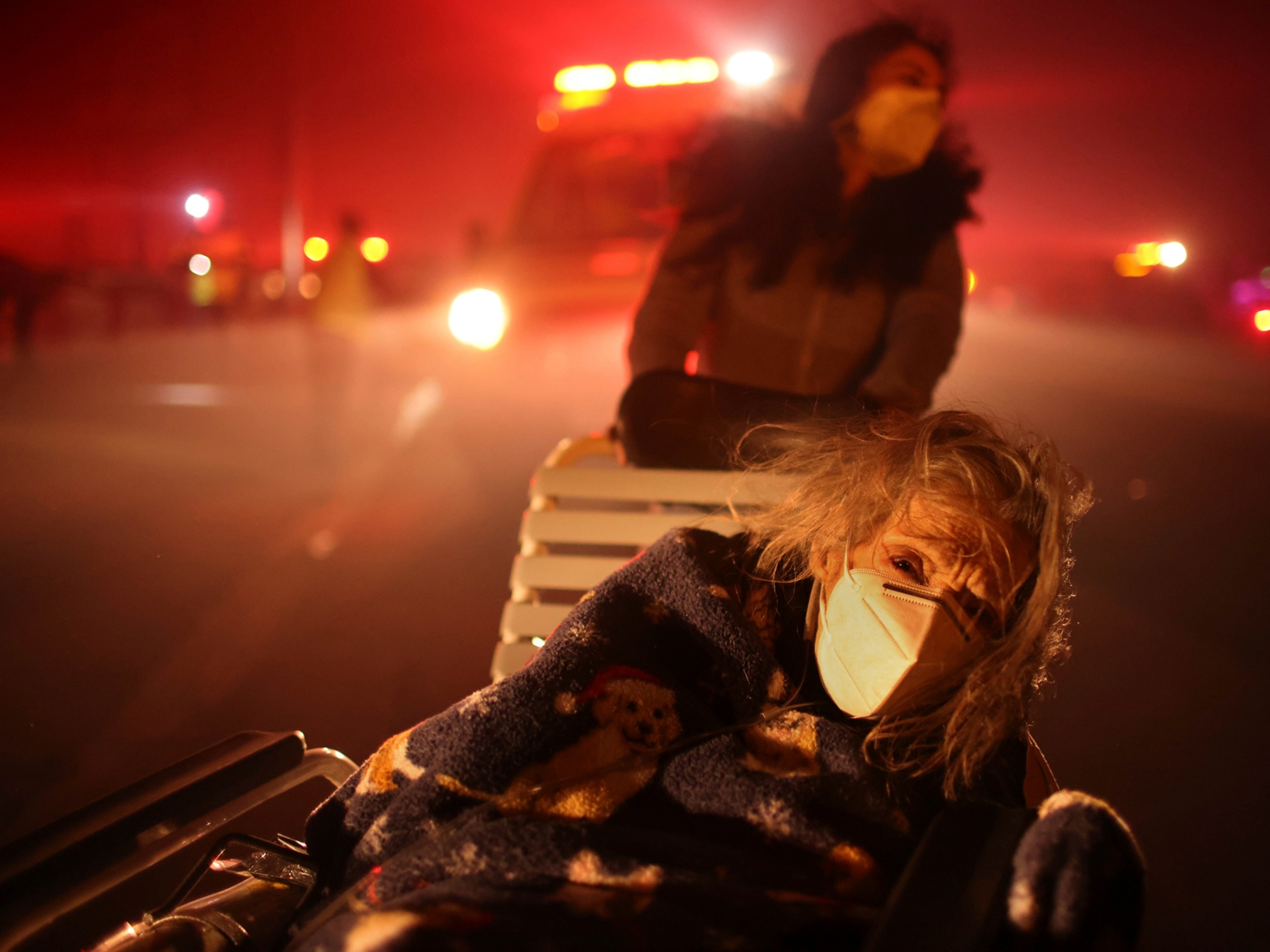
Which cultural sites should be preserved—and how?
As we go behind the scenes of the herculean effort to restore Notre Dame Cathedral, we also confront thorny questions about cultural heritage sites.
Cultural heritage sites are a nonrenewable resource. When they disappear, they’re gone forever, a loss akin to the extinction of species.
Today architectural and archaeological heritage sites are being destroyed or imperiled at an alarming rate. They’re threatened by rising seas (Venice), pollution (the Taj Mahal), overtourism (Angkor Wat), encroaching development (the Pyramids at Giza), conflict (Syria’s ancient city of Palmyra) …
And by accidents.
In this issue, we explore the herculean efforts to rebuild the roof and spire of Notre Dame Cathedral, part of the Banks of the Seine UNESCO World Heritage site in Paris. Before it was wracked by fire in spring 2019, the landmark drew some 12 million visitors a year. We’ll take you behind the scenes of the rebuilding, through the work of photographer Tomas van Houtryve, writer Robert Kunzig, and artist Fernando Baptista. You’ll see debris cleared, chapels restored, statuary saved.
You’ll also confront thorny questions about cultural heritage sites. As Kunzig writes, “What part of the past is worth preserving and transmitting to posterity? What duty do we owe the creations of our ancestors, what strength and stability do we draw from their presence—and when, on the contrary, do they become a lead weight, preventing us from projecting ourselves into the future?”
Humankind has answered that query differently in different places.
In Dresden, Germany, the Frauenkirche was an 18th-century baroque church whose bell-shaped dome was a landmark. In February 1945, one of the most destructive Allied bombing attacks of World War II killed an estimated 25,000 people and reduced the city to rubble. As Dresden, then in East Germany, slowly rebuilt after the war, the Frauenkirche remained in ruins. But after German reunification, the church was reconstructed using many of its original stones, as a statement of peace and harmony.
Berlin’s Kaiser Wilhelm Memorial Church, better known as the Gedächtniskirche, also fell to bombing but met a different fate. Its spire has been left a ruin on purpose, to be what Germans call a mahnmal—a “warning monument” against war and destruction.
Like the Frauenkirche, Notre Dame is being rebuilt as close as possible to how it was before, including using the original, toxic metal—lead—for the roof. That choice was controversial, as future choices are bound to be in the debate about how to restore and maintain historic buildings.
We at National Geographic don’t claim to have the “right” answers on preservation; there may not even be right answers. What we will do is continue to monitor the care of cultural heritage sites, as a matter of significance to humanity’s past, present, and future.
Thank you for reading National Geographic.
This story appears in the February 2022 issue of National Geographic magazine.




